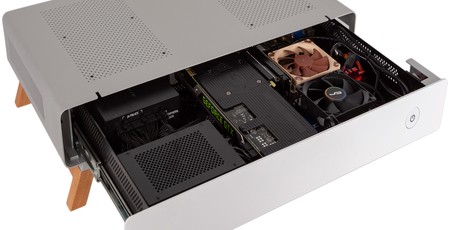
Interior
To get into the chassis, you of course need to open the drawer, which is done simply by pressing the front inwards to release it. It springs out with a fair bit of force, and it’s definitely satisfying. You then have squeezable sections on the two rails that release the drawer completely for when you need to do more than a quick bit of dusting or maintenance.
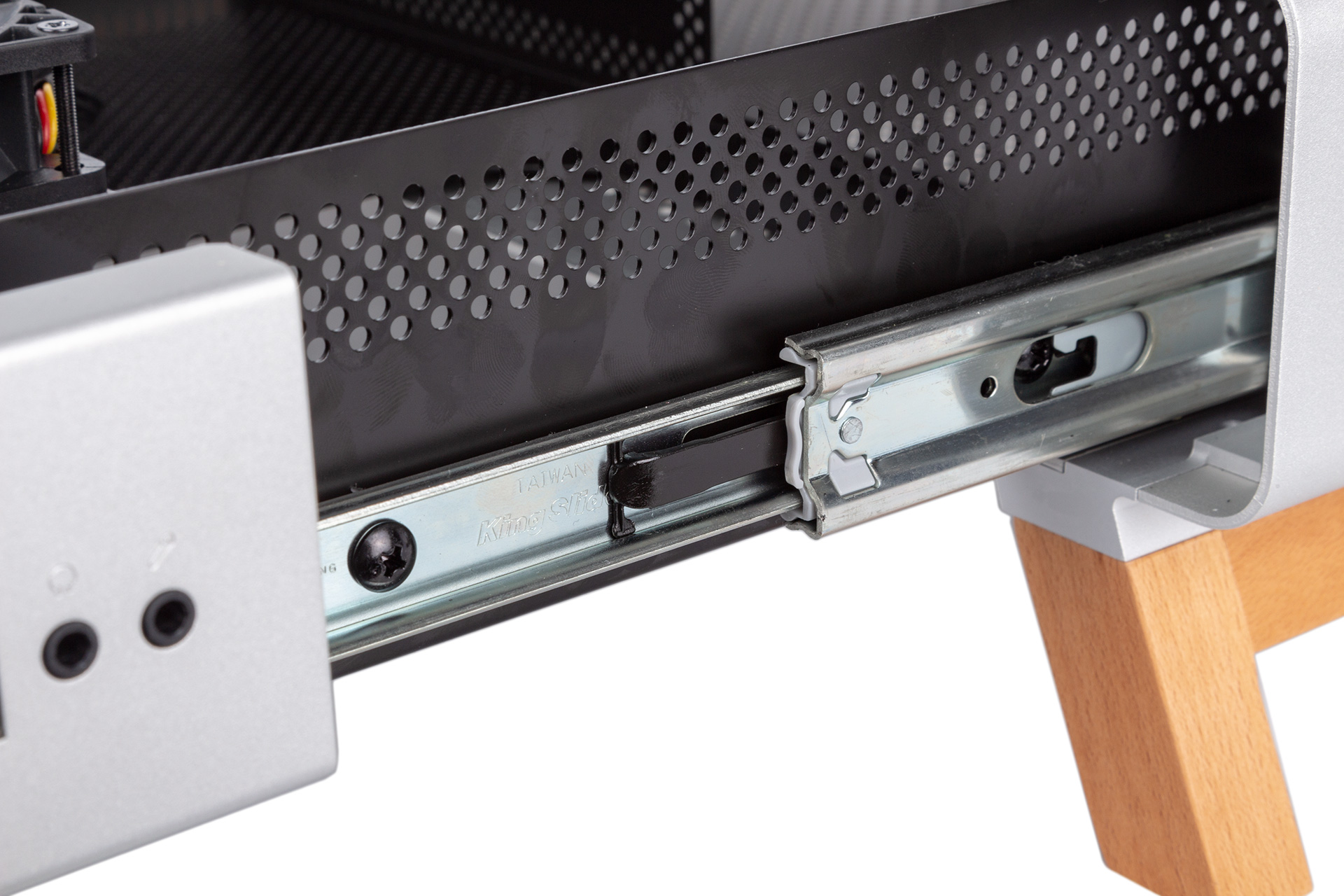
However, there’s no way to lock the drawer in place, and there really should be. If you have memory sticks or cables connected to the side I/O panel, for example, or you don’t have enough leeway on the cables at the rear, an accidental knock could spring the drawer open and cause damage or at least a nuisance.
The inside of the roof section has steel rails installed, which allow you to fix the four magnetic dust filters in place. These give full coverage to the vents here, and will stop dust falling in or being drawn into your system by your CPU fan, PSU fan, or the included 92mm one. There are no dust filters, however, for the underside, which is where your graphics card will be pulling air through.
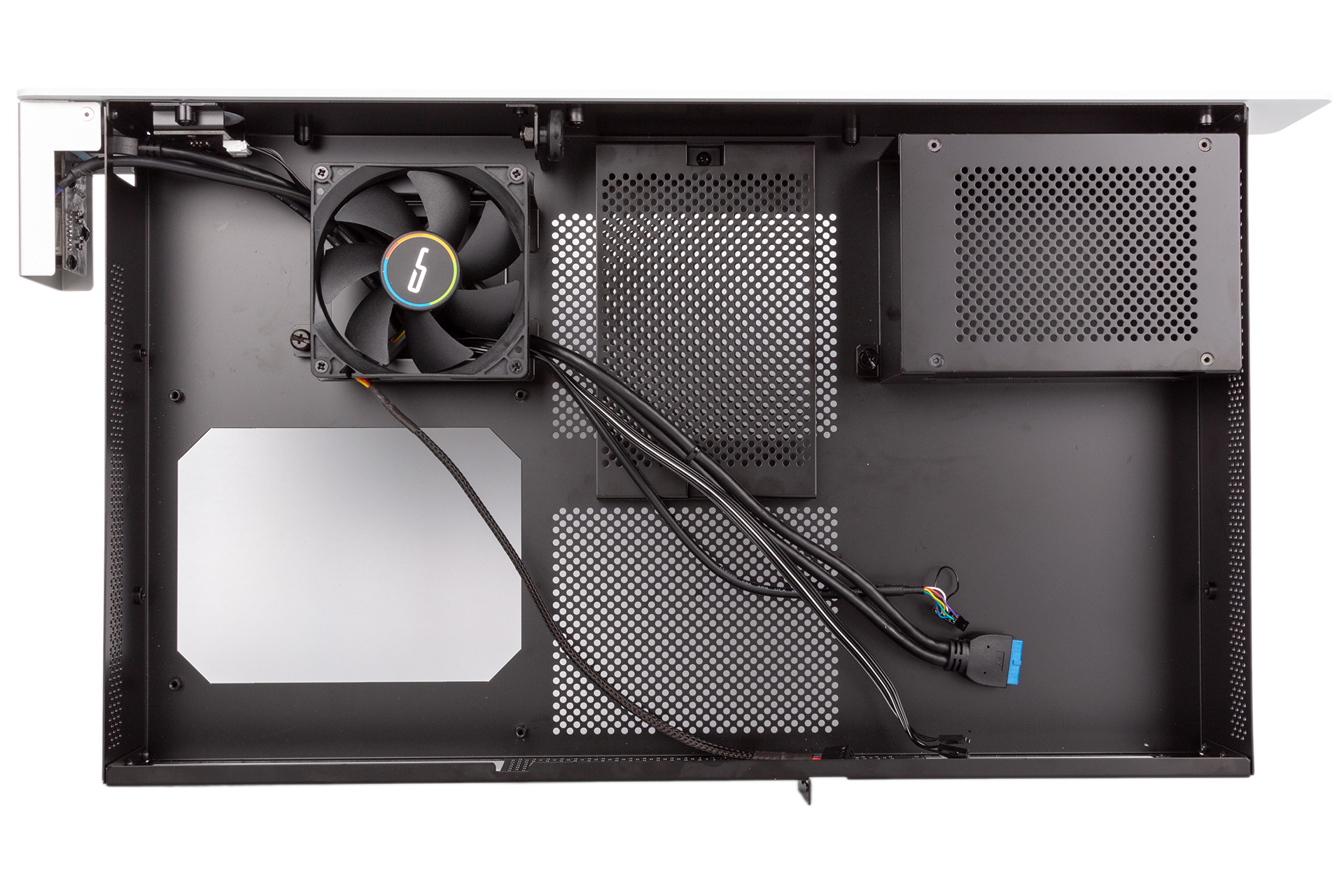
The layout of the drawer is easy to understand. The motherboard goes at the back-right corner, the PSU in the back-left corner, and the graphics card in the middle lying horizontal, connecting to your motherboard via a PCIe riser bracket that’s included. Standoffs for the motherboard are integrated, saving you a bit of hassle. The CPU cooler limitation of 48mm is certainly tight, but Cryorig's own C7 fits the bill rather nicely with its 47mm height - almost as if they were made for each other!
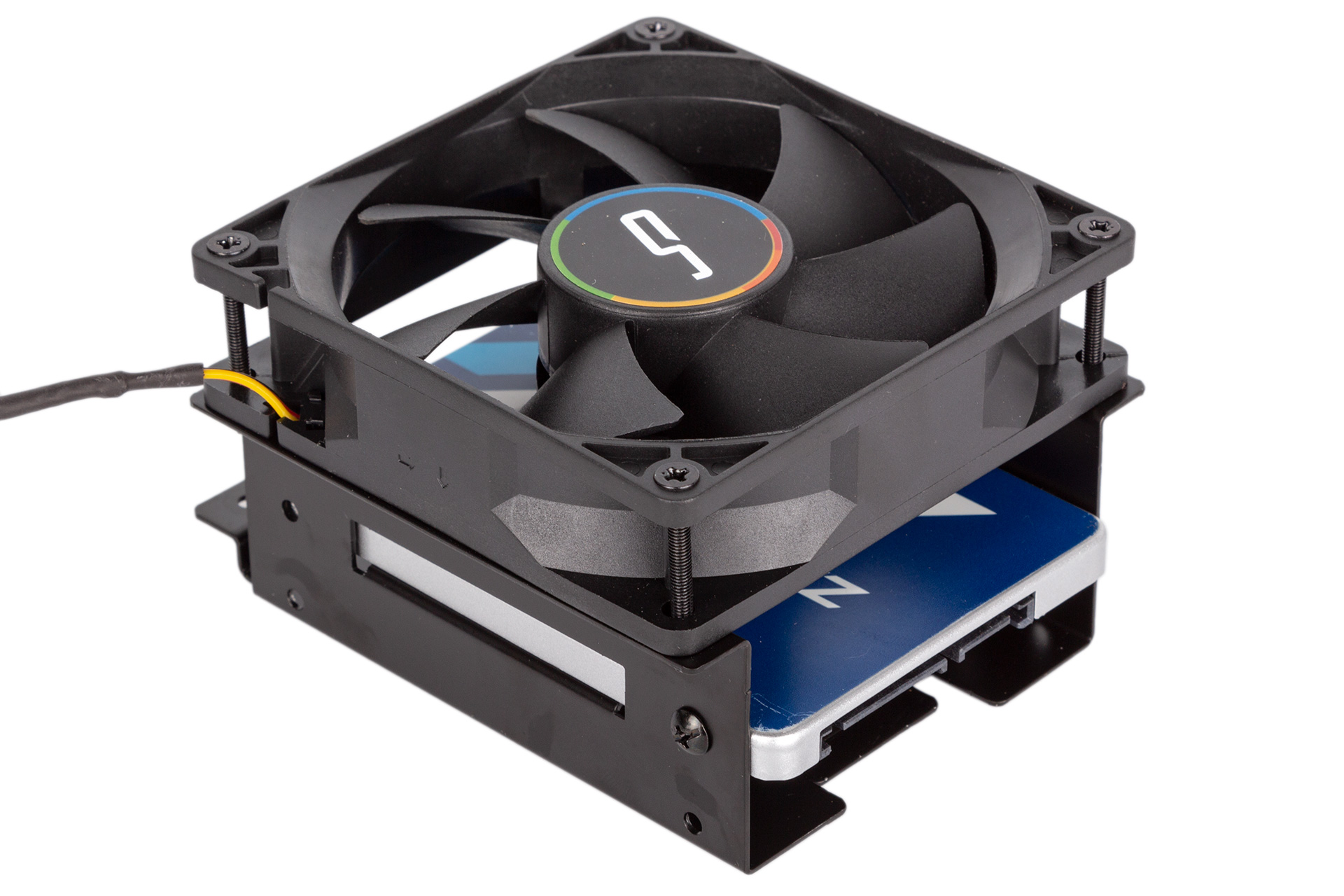
The Taku supports a single 3.5” HDD and dual 2.5” SSDs in cages at the front, with the latter one having the 92mm fan attached to it. Of course, many mini-ITX motherboards now support M.2 modules, and the area beneath the motherboard is ventilated, so any that go on the rear of the PCB will have a bit of breathing space. Both drive cages are installed using a single thumbscrew, meaning they’re easy to release, and drives then simply screw into place, although you don’t have any rubber washers. We also had difficulty connecting a SATA power plug to an SSD in the bottom position of that cage, as the drive sits very close to the floor, arguably too close.
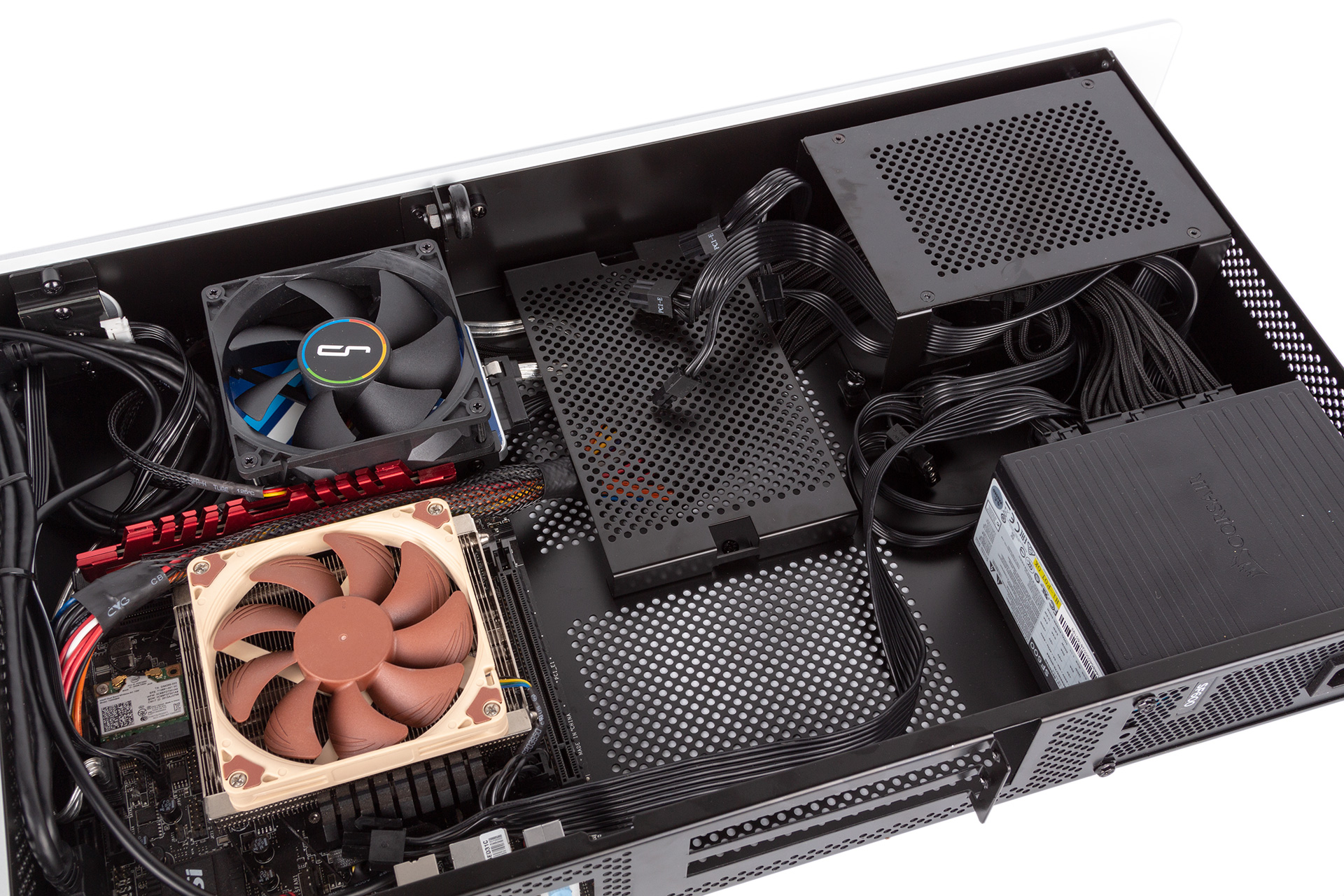
Power supply support is limited to SFX and SFX-L, which is understandable, and not really a limitation given that you can get pretty high wattages now (up to 650W and 800W respectively).
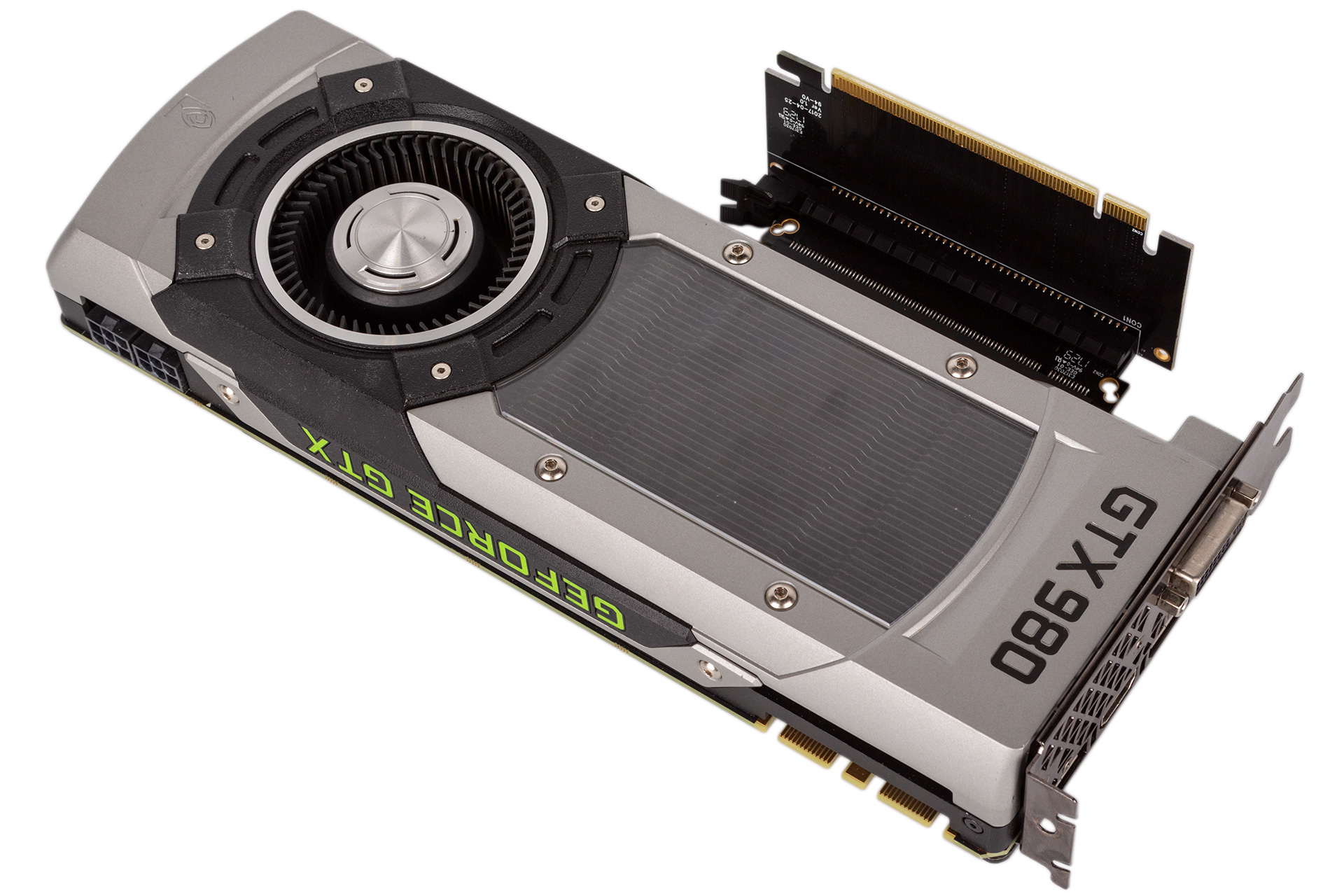
Graphics cards are capped to 280mm in length and 134mm in width, which is easily enough to support Founders Edition cards and those of a similar size. They’re pretty easy to install as well – just attach the assembled riser bracket and wiggle it into place.
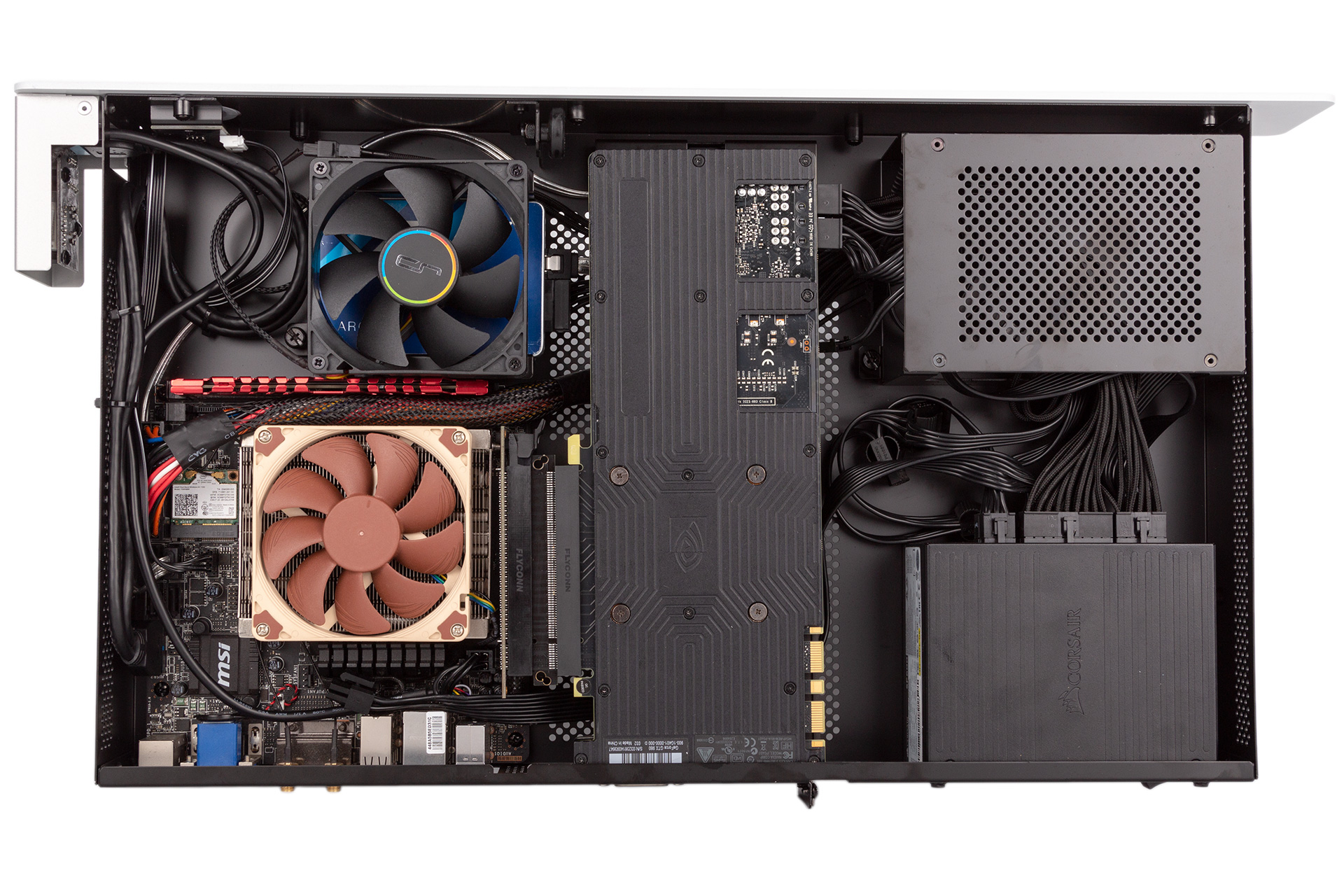
Installing the core hardware is fairly easy, but in a case this cramped, that’s only half the battle, as you also need to give some serious thought to cable management. This is one area that we feel Cryorig has addressed very well. The front I/O cables do have a bit of excess length, but this is easily stored out of the way in the front-right corner. Meanwhile, the HDD cage has plenty of room and cutouts above where the single HDD goes for you to thread power cables through, with these then exiting to the right. Furthermore, a ventilated bracket in the middle can be used to keep cables flat against the floor instead of potentially interfering with GPU fans. You also get braided extension cables for both motherboard power cables, although the quality of the heatshrink could be improved, as it wasn’t enough to hold the braid in very securely. Our build at the end was satisfyingly tidy with not much hassle involved to get it that way. The only issue is that the wires along the bottom potentially hinder airflow in reaching the GPU, although the bracket holding these down is at least perforated.

MSI MPG Velox 100R Chassis Review
October 14 2021 | 15:04

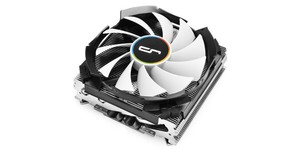
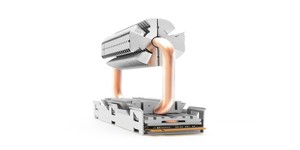
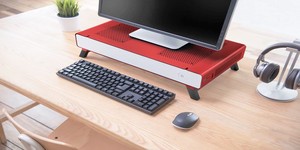




Want to comment? Please log in.